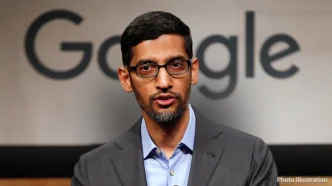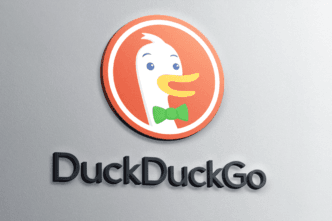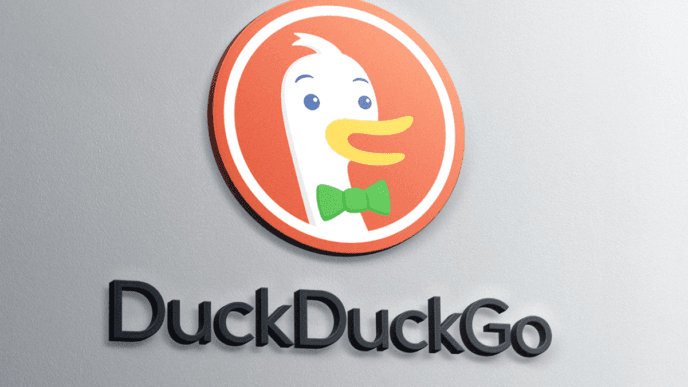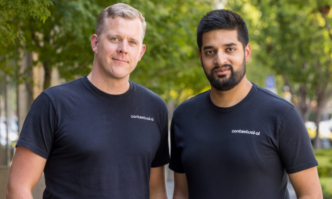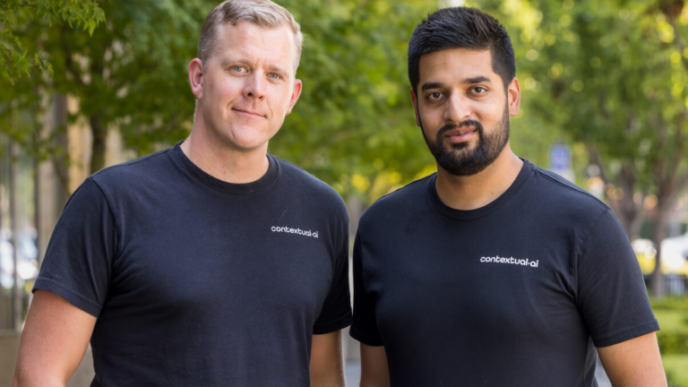On May 20, 2025, Google set the internet ablaze with the launch of Google Veo 3, its latest AI video generation model unveiled at the annual I/O event. But it wasn’t the specs or the software that caught global attention — it was a jaw-droppingly realistic street interview clip that fooled thousands into thinking it was real. It wasn’t.
The AI-Generated Interview That Fooled the Internet
A short video posted by X user @minchoi showed what looked like a casual man-on-the-street interview. The neon lights, the crisp dialogue, the bustling ambiance — everything felt authentic. Yet the entire scene, including the people, the voices, and even the camera movements, was created from a single text prompt using Google Veo 3.
There were no actors. No film crew. Not even a physical street. Just code.
Once viewers learned the video was “100% AI,” a mix of awe and alarm spread online. If Veo 3 could create something that indistinguishable from reality, what could happen if it were used with malicious intent?
A New Era of AI-Driven Filmmaking — and Deepfakes
The clip was more than a tech demo. It became a flashpoint in an ongoing debate about AI, misinformation, and the future of digital trust. Experts like TrueMedia.org founder Oren Etzioni warned that tools like Veo 3 could easily be misused to influence elections, fabricate events, or manipulate public perception.
That’s because Veo 3 doesn’t just generate images — it masters both video and audio. According to DeepMind CEO Demis Hassabis, it can automatically sync sound with visuals, producing lifelike conversations without any human input. This makes it a dream tool for creators — and a nightmare for truth.
Google, for its part, says it’s building in safeguards. Veo 3 uses SynthID, a watermarking system developed by DeepMind, to invisibly tag AI-generated content. But critics argue that bad actors will find ways to strip or bypass these markers, especially as detection technology struggles to keep up.
Google Flow and the Rise of AI-Generated Studios
Veo 3 isn’t alone. Google also launched Flow, a new AI filmmaking platform that combines Veo with its Imagen model for visuals and Lyria for sound and music. Together, they form a one-stop studio where anyone can prompt out entire cinematic scenes — complete with dialogue, pacing, and atmosphere — in seconds.
Google CEO Sundar Pichai called it “the most exciting era of AI yet,” underscoring how tools like these could transform film, advertising, gaming, and user-generated content forever.
But the Cost? Jobs, Copyright, and Creative Control
The creative potential of Google Veo 3 is thrilling — but it comes with real-world risks. The Animation Guild’s 2024 report warned that AI could upend over 100,000 jobs across the U.S. entertainment industry by 2026. With Veo 3, that disruption is no longer theoretical.
There are also growing questions about the model’s training data. Google has yet to clarify whether Veo 3 used content from YouTube or other copyrighted sources. That lack of transparency fuels concern among artists, filmmakers, and copyright advocates who fear their work may have been scraped without consent.
In response, lawmakers are stepping in. States like California and Washington have already passed laws banning AI-generated content from being used in political campaigns. More legislation is on the way. But regulation alone won’t solve the deeper issue.
Can We Still Trust What We See?
To prevent misuse, experts are calling for stronger detection systems, robust media literacy programs, and public education on synthetic content. As Etzioni puts it, the street interview was just one example — but it revealed a deeper truth: we’re losing our grip on reality.
Google Veo 3 didn’t just go viral. It shattered our expectations of what AI can do — and what it might undo if we’re not ready.
